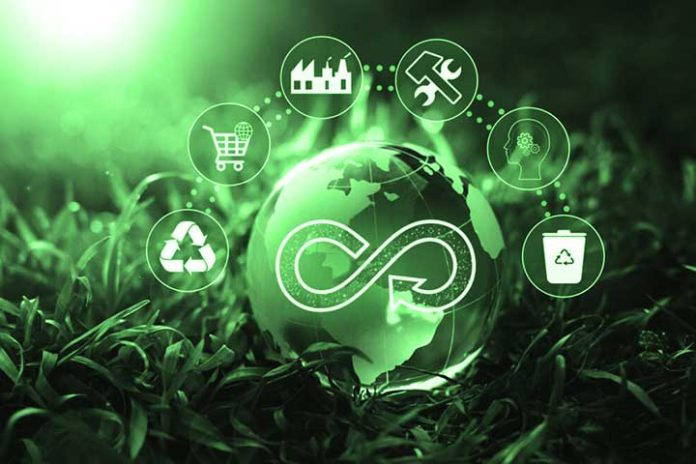When discussing the circular economy, we often consider examples like refurbishing devices or selling second-hand clothes, as they are among the most common. However, there are other interesting ways to contribute to the circular economy. It encompasses various sustainability principles such as recycling and reuse, sharing and exchanging, and sustainable design.
This article will explore five examples of circular economy practices you can apply daily to reduce the negative environmental impact.
1. Practices and Examples to Promote the circular economy
Reconditioning of Electronic Devices
Reconditioning is a crucial aspect of the circular economy as it involves repairing and restoring discarded or unused electronic devices. These devices are given a second life by repairing, replacing necessary components, and updating software. This prevents premature waste generation and maximizes their value in use. For over 20 years, it has contributed to the circular economy by extending the lifespan of electronic devices and reducing the impact of electronic waste disposal. Repairing instead of replacing is a small action that can have a significant environmental impact.
Container deposit and Return System
Deposit and container return systems are implemented in many countries. Consumers pay a deposit when purchasing drinks in returnable glasses or bottles. When they return the empty containers, the deposit is refunded. These containers are washed, reconditioned, and refilled, allowing for reuse and minimizing the need for manufacturing new containers. This practice is becoming widespread and is not limited to supermarkets and stores; it is also being implemented at events such as music festivals, where attendees are encouraged to use the same glass throughout the event.
Also Read: What Is Green Technology: Objectives And Examples
Upcycling and Creative Recycling
Upcycling involves transforming products or materials that have reached the end of their useful life into new products with higher value. For example, outdated video game consoles can be repurposed as media centres for streaming content, watching movies, or accessing entertainment services. Creative recycling allows artists to create unique jewellery or accessories using colourful parts from electronic devices, such as resistors, capacitors, or chips. These practices breathe new life into products and components while reducing the need for virgin materials.
Electronic Device Rental Platforms
Digital platforms facilitate people’s sharing and rental of electronic devices. This enables more efficient use of devices, eliminating the need for individual ownership for occasional use. These platforms cover a range of devices, from cameras and drones to smaller accessories like chargers or headphones. For example, Grover is a platform that allows users to rent an electric scooter for a monthly fee of 20 euros.
Buyback Service
Some technology companies like Apple and many car manufacturers implement buyback programs for used devices. Customers can return their unwanted products for a discount on purchasing a new one. This promotes the circular economy by recycling the materials of returned products to manufacture new models. It reduces material costs, avoids using resources for manufacturing new products, and provides savings to customers who purchase new products while benefiting the environment.
2. How the Circular Economy Contributes to a Positive Environmental Impact
The circular economy minimizes waste generation and aims to keep products and materials in use for as long as possible. It promotes reuse, recycling, and resource regeneration instead of the linear “use and discard” model. This reduces landfill waste and decreases the need for extracting natural resources, preserving valuable resources like minerals, metals, and water.
Another benefit of the circular economy is its positive impact on ecosystems and biodiversity. Regenerative agriculture promotes sustainable agricultural methods that improve soil health, restore ecosystems, and conserve biodiversity.
The circular economy also encourages the use of renewable energy and the implementation of energy-efficient practices. These measures reduce carbon footprints and environmental impacts of energy production and consumption. Additionally, energy recovery from organic waste and materials can contribute to generating clean and renewable energy.

